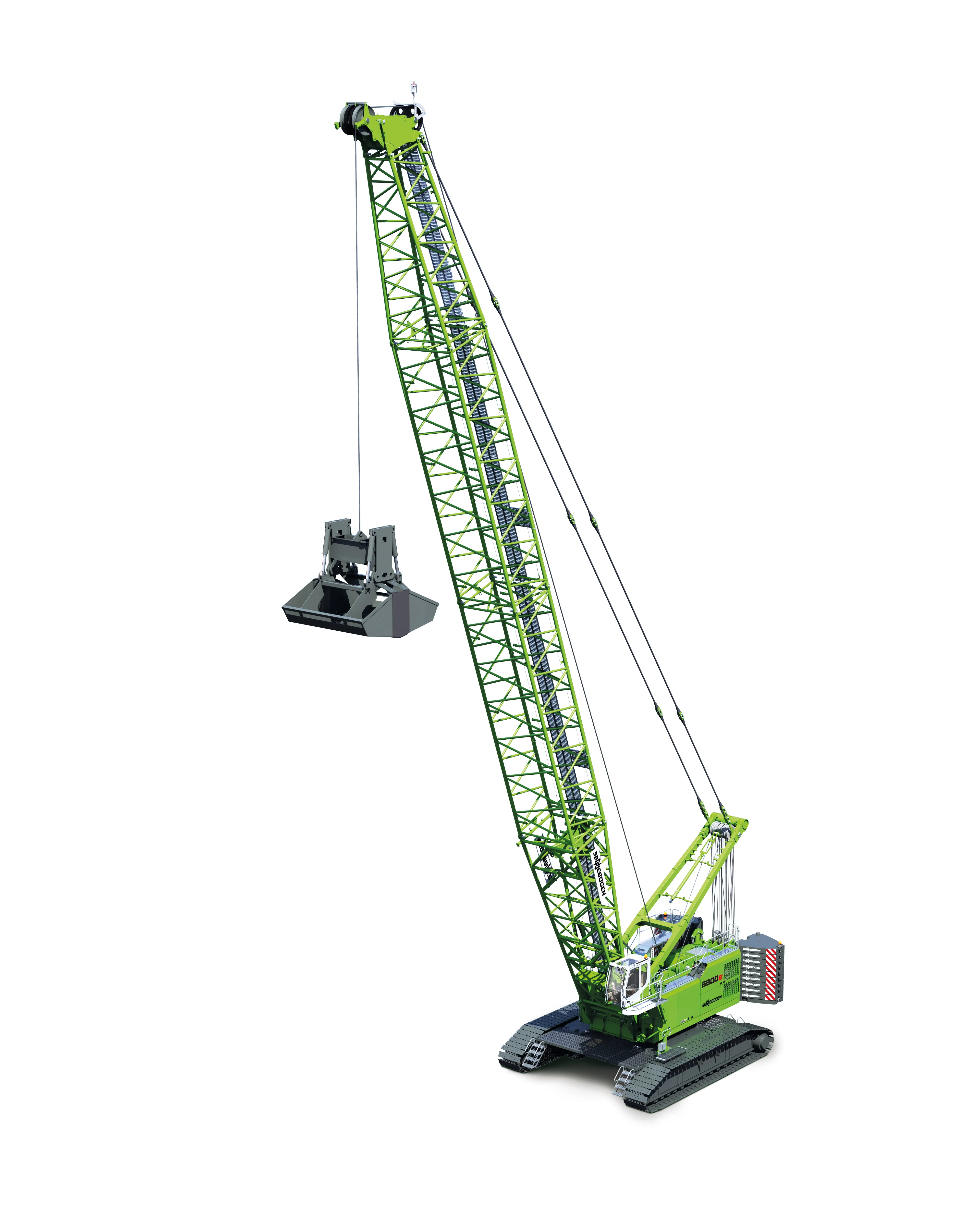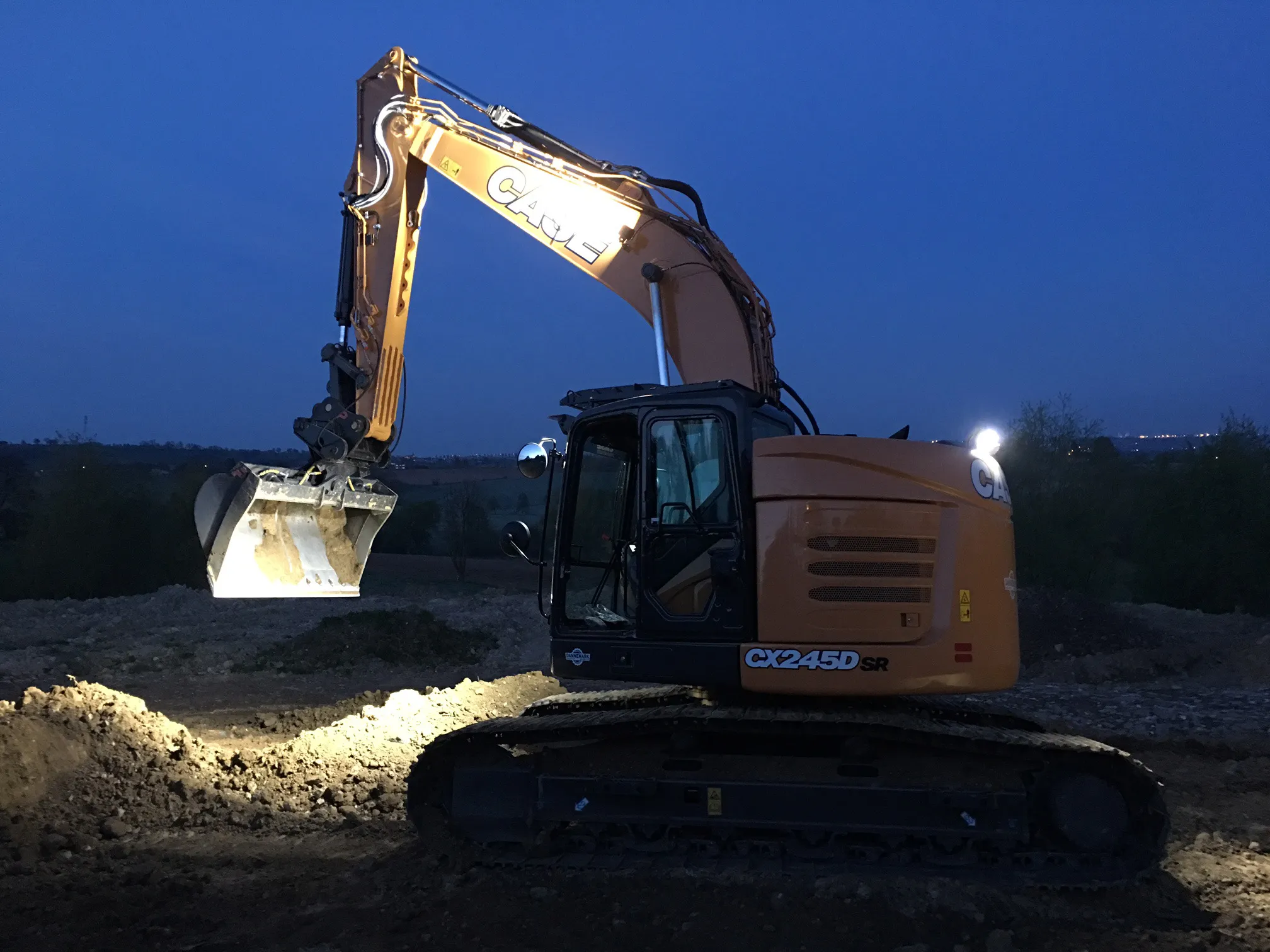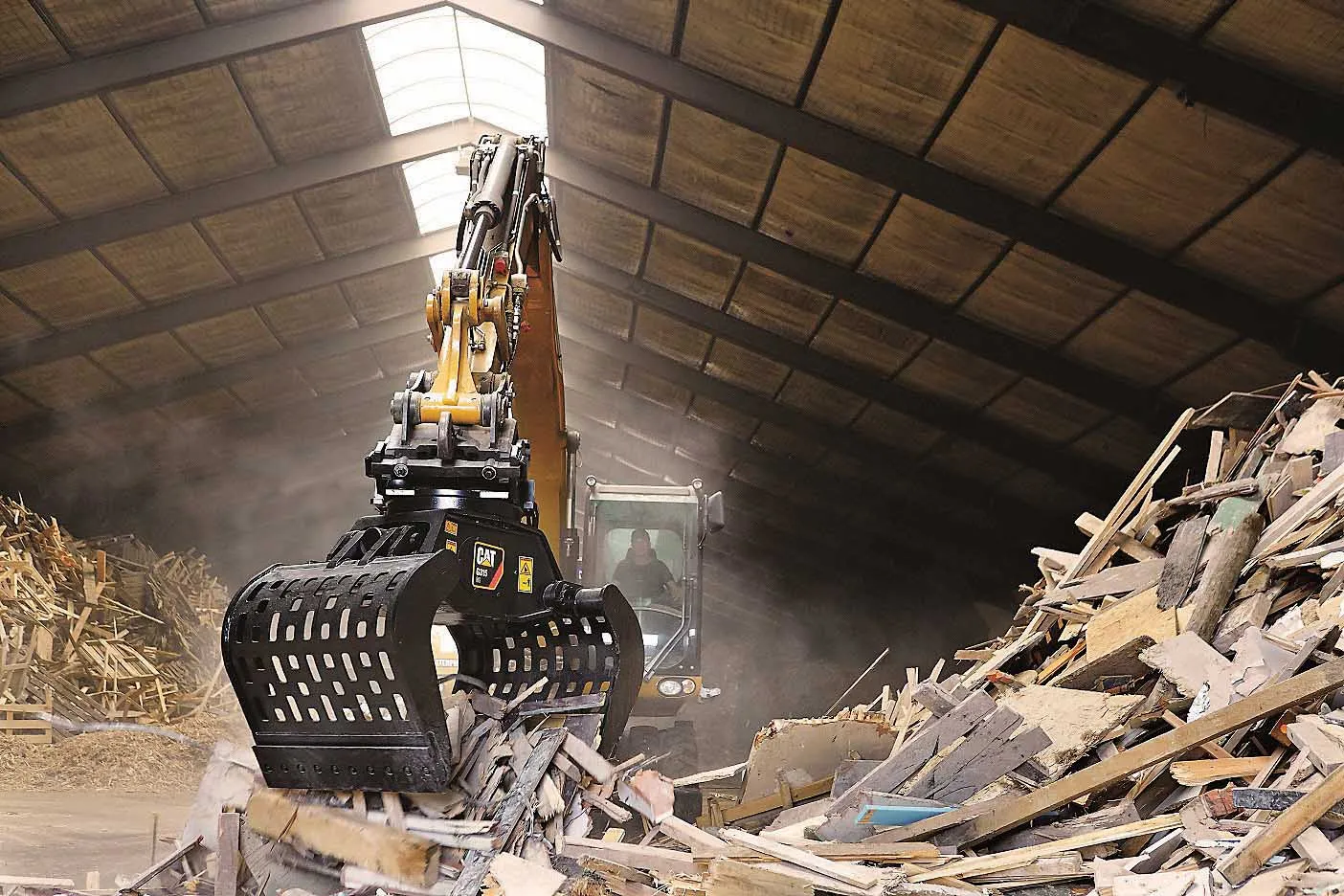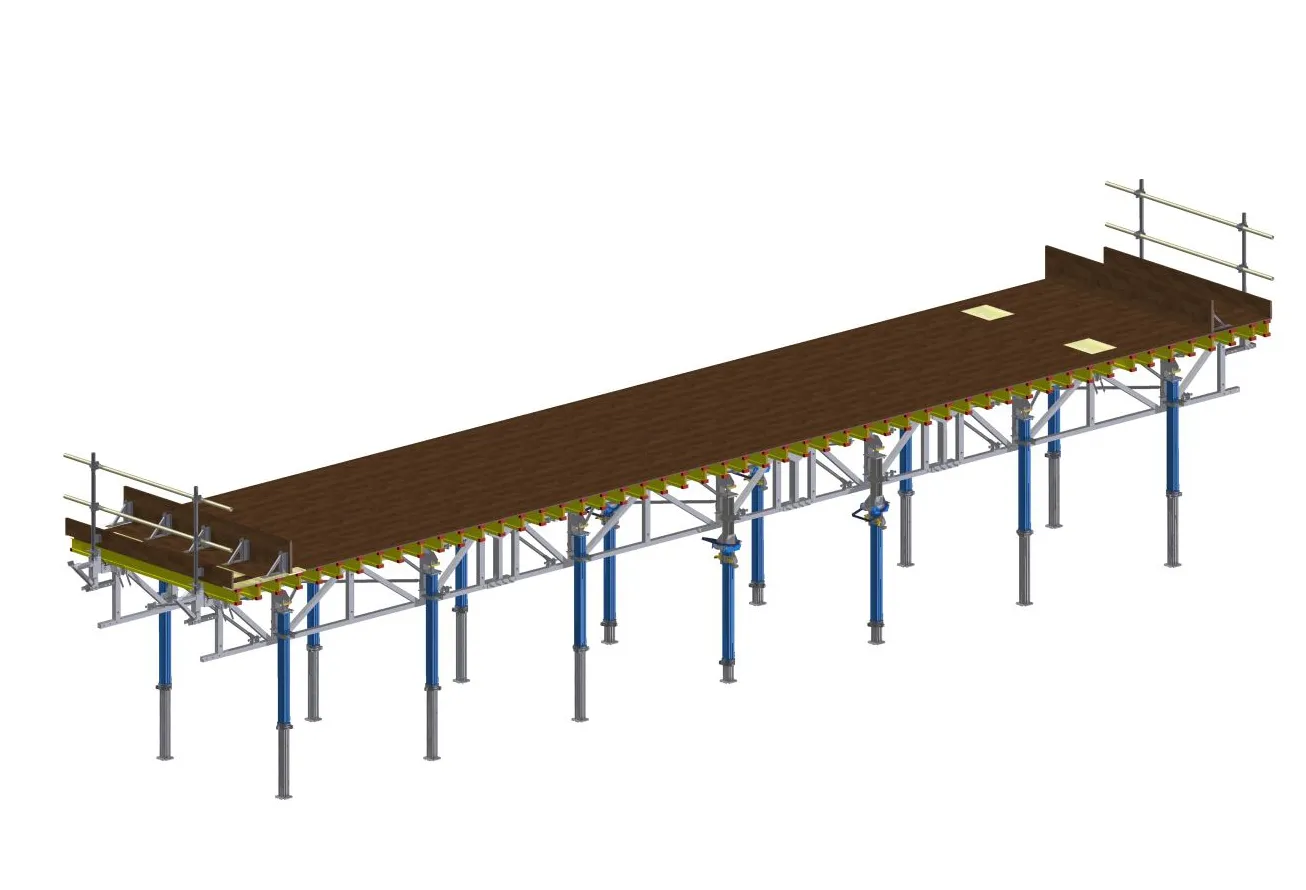Sennebogen has begun production of a 300tonne duty cycle crawler crane, the 6300, in its home German state of Bavaria.
Assembly of the first one - the largest ever Sennebogen duty cycle crawler crane - began in Straubing at the end of last year in an expanded production facility.
“Every part has been designed for maximum durability,” said managing director Erich Sennebogen. “The base frame is solid steel to absorb forces during continuous use and we also spared no expense in high-quality, solid compo
March 14, 2016
Read time: 2 mins

Assembly of the first one - the largest ever Sennebogen duty cycle crawler crane - began in Straubing at the end of last year in an expanded production facility.
“Every part has been designed for maximum durability,” said managing director Erich Sennebogen. “The base frame is solid steel to absorb forces during continuous use and we also spared no expense in high-quality, solid components.”
It measures an12m in length and the crawler tracks are 9.5m long, with a track width of 6.8m for stability and easy maneuverability.
The green upper-carriage and solid counterweight plates bring the machine’s weight of 310tonnes. The upper-carriage alone weighs around 100tonnes.
The machine’s extreme hydraulic power allows for demanding, dynamic use under extreme loads, for example in dredging, mining and special underground engineering operations. The modular concept opens up versatile variants, such as an 80m main boom available for use with lifting hooks.
The 6300 is also ideal as a drive unit for hydraulic attachments because of its hydraulic power of up to 350 bar, a 2,000-litre hydraulic tank and oversized hydraulic lines and valves.








